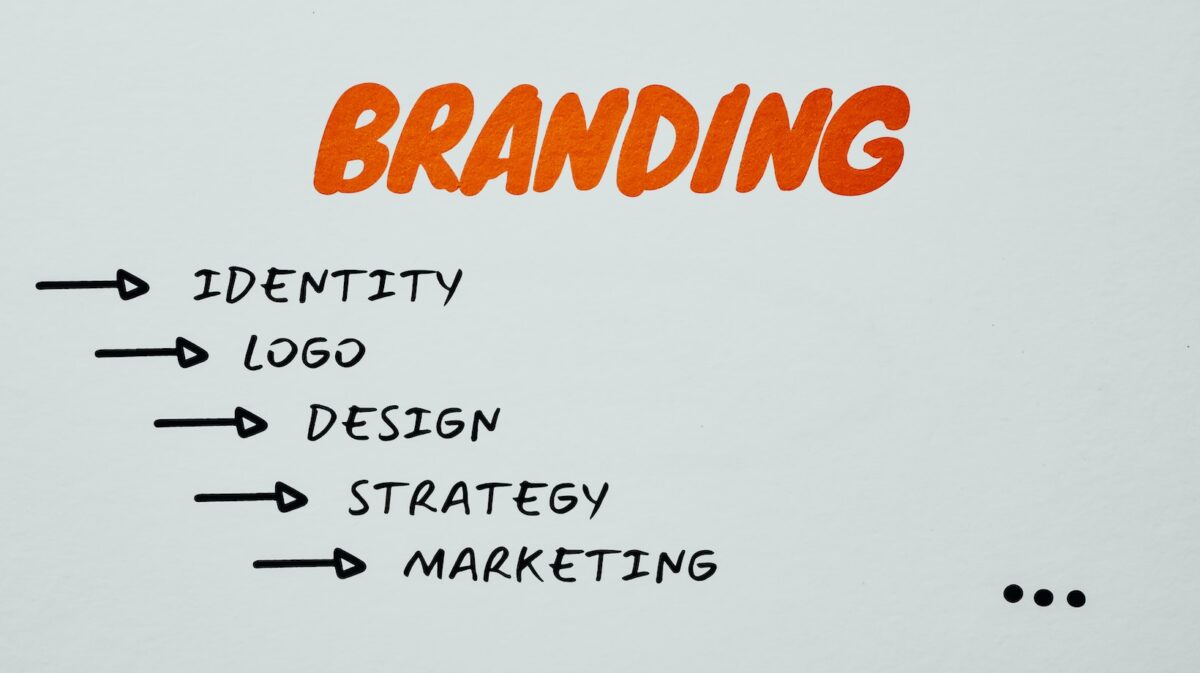Logos have undergone a significant transformation in recent years, with a noticeable trend towards simplicity. The days of intricate and detailed designs seem to be fading away, as more and more brands opt for clean, minimalistic logos. But why are logos getting simpler?
One reason is the rise of digital platforms and mobile devices. In today’s fast-paced world, people often interact with brands through small screens on their smartphones or tablets. Complex logos can become illegible or lose impact when reduced to smaller sizes. By simplifying their logos, companies ensure that their brand identity remains strong and recognizable across all devices and platforms.
Another factor contributing to the simplification of logos is the need for versatility. As businesses expand globally, their logos must work well in various cultural contexts and appeal to diverse audiences. Simple designs tend to be more universal and adaptable, making them easier to translate across different markets without losing their essence.
Why Are Logos Getting Simpler
Simplicity in logo design aligns with current design trends. The minimalist movement has gained popularity across various industries, emphasizing clean aesthetics and uncluttered visuals. This trend has influenced logo designers to strip away unnecessary details and focus on conveying the essence of a brand through simplified imagery.
Let’s take a look at some iconic examples that illustrate this evolution:
- Apple: From its original detailed illustration depicting Sir Isaac Newton under an apple tree, Apple eventually transitioned to its now instantly recognizable monochrome apple silhouette—a prime example of minimalism at its finest.
- Nike: Previously featuring intricate patterns surrounding the “Swoosh,” Nike streamlined its logo into a simple checkmark symbolizing motion and speed—an embodiment of their brand ethos.
- Google: Initially incorporating three-dimensional effects and multiple colors, Google refined its logo over time into a crisp sans-serif wordmark with vibrant primary colors—a reflection of their commitment to simplicity while maintaining playfulness.

The Benefits of Minimalistic Design
Minimalism has become a prominent trend in design, with logos being no exception. There are several benefits to embracing minimalistic design in logo creation. Firstly, simplicity allows for easy recognition and memorability. Think about iconic brands like Nike’s swoosh or Apple’s bitten apple; their minimalist logos have become synonymous with their respective companies.
Moreover, minimalistic designs tend to be timeless and versatile. By stripping away unnecessary elements, these logos can adapt to different mediums and sizes without losing their impact. This flexibility is especially important in today’s digital age where logos need to translate well across various platforms such as websites, social media profiles, mobile apps, and more.
Another advantage of minimalism is its ability to convey a sense of sophistication and elegance. Clean lines, ample white space, and uncluttered compositions create an aesthetic that exudes professionalism and refinement. This visual appeal can help attract customers who appreciate simplicity and want to associate themselves with brands that project a sleek image.
The Impact of Simple Logos on Consumer Perception
When it comes to branding, simplicity has emerged as a powerful tool in capturing the attention and loyalty of consumers. Simple logos have a profound impact on consumer perception, influencing how they perceive and interact with brands. In today’s fast-paced world, where information overload is the norm, simple logos cut through the noise and leave a lasting impression.
Minimalistic designs allow for greater clarity and ease of recognition. They communicate the essence of a brand without overwhelming consumers with unnecessary details or visual clutter. Take, for example, the iconic Apple logo—a sleek silhouette of an apple with a bite taken out. This simple yet instantly recognizable design conveys innovation, elegance, and sophistication.
Why Are Brands Opting for Minimalistic Logos?
Brands are opting for minimalistic logos due to several compelling reasons:
- Memorability: Simplified designs tend to be more memorable because they are easier for our brains to process quickly.
- Timelessness: Minimalistic logos have longevity as they transcend short-lived trends that may date other elaborate designs.
- Flexibility: Clean lines and uncluttered visuals make minimalistic logos adaptable across various mediums, ensuring a consistent brand experience.
- Global Appeal: Simple designs often have universal appeal, transcending cultural and language barriers.
In conclusion, the evolution of logos towards simplicity can be attributed to the demands of digital platforms, the need for instant recognition, and current design trends. By embracing minimalism, businesses can create logos that are easily adaptable, instantly recognizable, and aligned with contemporary aesthetics. The journey of logo design continues to evolve, and it will be intriguing to see where it takes us next.

